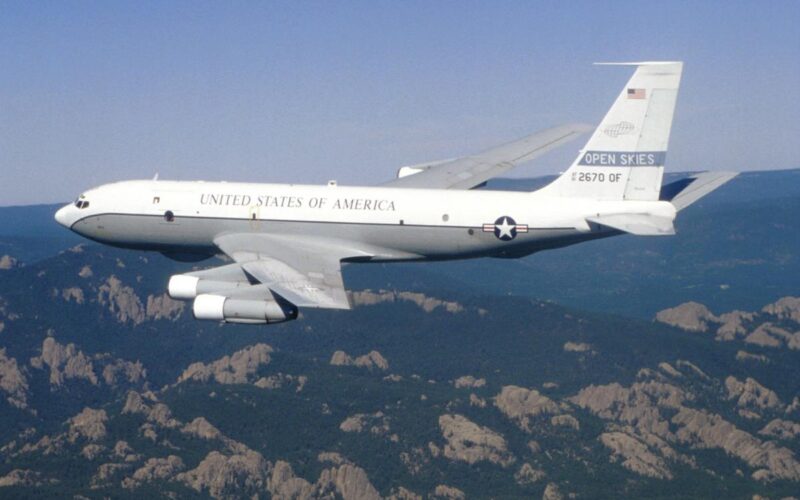Trump administration is reportedly considering the withdrawal of the United States from the Treaty on Open Skies. The chairman of the House Committee on Foreign Affairs Eliot Engel urged the government against this decision.
Ratified in 2001, the Treaty on Open Skies allows for surveillance flights to be carried out over the territory of the 35 signatory countries, which include Russia and the members of the North Atlantic Treaty Organization (NATO), to monitor each other’s military movements.
“I am deeply concerned by reports that the Trump Administration is considering withdrawing from the Open Skies Treaty and strongly urge you against such a reckless action,” wrote Engel in an open letter, adding “withdrawal risks dividing the transatlantic alliance and would further undermine America’s reliability as a stable and predictable partner when it comes to European security.”
The Administration’s decision could be motivated by the fact that Russia refuses for the treaty to apply to Kaliningrad and to the Georgian territories of Abkhazia and South Ossetia, according to Engel, who argues that it does not constitute a breach of the Treaty. “Dialogue and interaction with Russia is important during this time of heightened tension and increased potential for miscalculation,” defends the lawmaker. He now calls for the Administration to include the Congress as well as allies and partners of the United States in the decision process.
The Treaty on Open Skies
Initially negotiated between the members of NATO and of the Warsaw Pact, the Treaty on Open Skies was signed in 1992 in Helsinki. However, it was only ratified nine years later by Russia and came into effect on January 1, 2002. State parties are Belarus, Belgium, Bosnia and Herzegovina, Bulgaria, Canada, Croatia, the Czech Republic, Denmark, Estonia, Finland, France, the Republic of Georgia, Germany, Greece, Hungary, Iceland, Italy, Latvia, Lithuania, Luxembourg, the Netherlands, Norway, Poland, Portugal, Romania, Russian, Slovakia, Slovenia, Spain, Sweden, Turkey, Ukraine, the United Kingdom, and, for now, the United States. Kyrgyzstan is also a signatory of the treaty but it has yet to ratify. The countries are all members of the Organization for Security and Co-operation in Europe (OSCE).
Each country must accept a number of observation flights, the “passive quota” and is able to carry out as many as it received, the “active quota”. A 72-hour notice before an observation flight must be communicated to the authorities of the observed country. Asked about the importance of the Treaty, the French Armed Forces General Staff answered to AeroTime that “as a guarantee of transparency, it stems from the common will of state parties to create security and confidence on the European continent”.
The flight has to be carried out by an “unarmed, fixed wing aircraft” equipped with “agreed sensors”. These sensors include optical panoramic and framing cameras, video cameras with real-time display, infra-red line-scanning devices all with limited resolutions defined by the Treaty. While provisions to use sideways-looking synthetic aperture radars exist, none of the aircraft specifically equipped for the application of the treaty have any onboard.
Former National Security Adviser John Bolton was reportedly an active opponent to the Treaty. In the past, some US officials have accused Russia of using technologies that the agreement forbade. On September 12, 2018, the Russian government announced that the certification of their Tu-214ON surveillance plane had been refused by the United States. It was eventually approved a week later.
Observations flights are relatively frequent. Russia is expected to fly a total of eight flights over the United States this year, while the latter will fly around sixteen over Russia. All flights have representatives of the observed country on board to make sure that flight and observation parameters are respected.
In the past, observation flights have been used as a form of protest. On December 6, 2018, the United States carried out an extraordinary flight over Ukraine on board the Boeing OC-135B “Open Skies”, a plane specifically equipped for the application of the treaty. French, Canadian, German, British and Romanian observers were on board. This flight was a reaction to “Russia’s unprovoked attack on Ukrainian naval vessels in the Black Sea near the Kerch Strait”, in the words of the U.S. Department of Defense.

